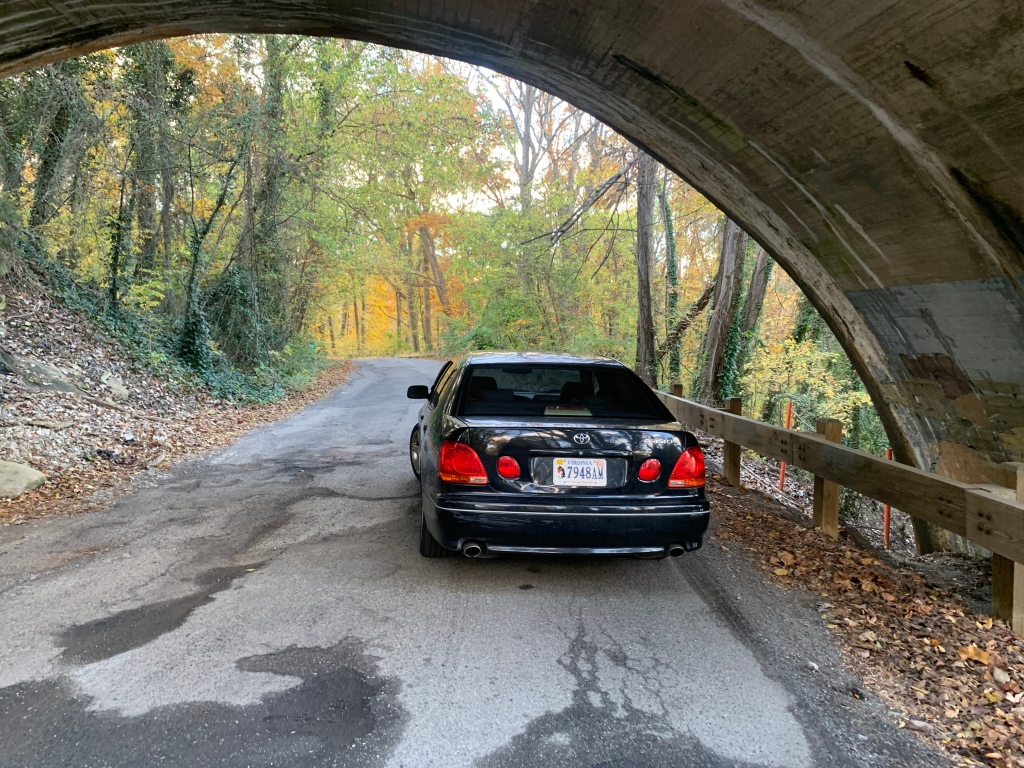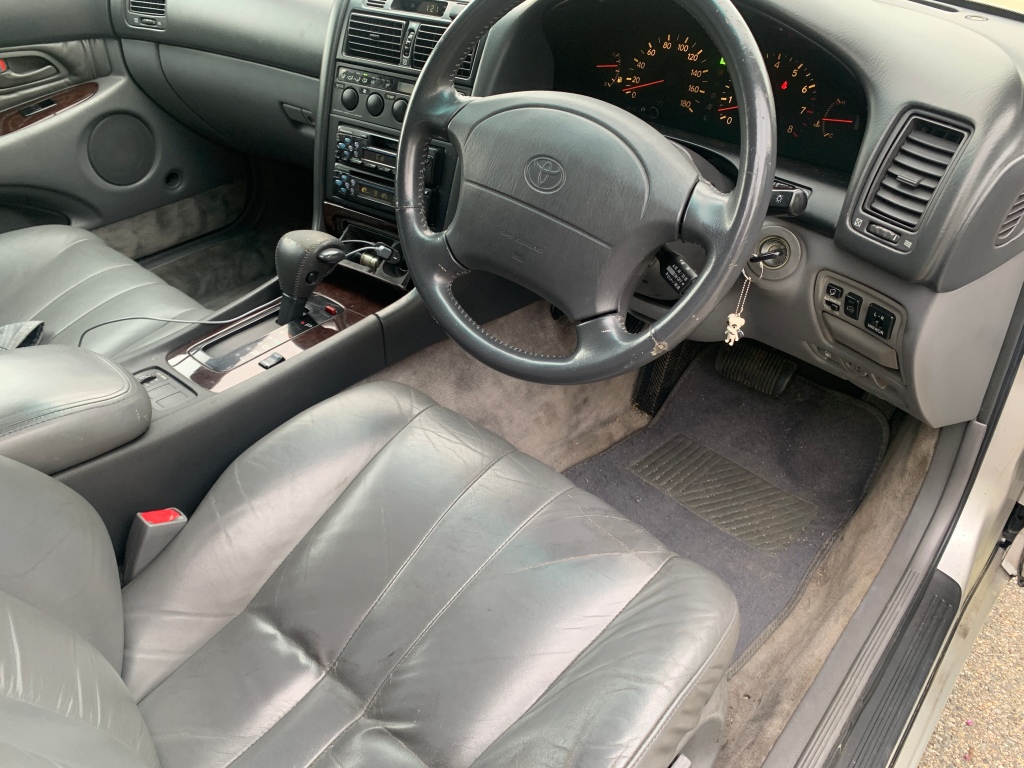



It’s been awhile, WordPress. I haven’t forgotten about this blog, but I’ve been so busy over the past year that I never really had a chance to sit down and do anything for it. I had a couple posts planned for late 2020, but never got around to them. Over the past year I changed jobs three times, sold two of my cars (and working on a third), and entered a wonderful relationship. One of the cars to go was my 2004 Lexus GS300, which was planned to be one of the stars of this blog. I sold it earlier in 2021 to make room for something I’d been thinking about for a long time.


So what did I replace the GS300 with? A GS300.

It’s actually an imported 1992 Toyota Aristo, the Japan-only equivalent of the 1st gen GS300. It’s in better shape and lower mileage than the GS was, and it came with a nice bonus.

I was planning on swapping the engine in the old GS, but with the prices of the GTE engines going to the moon, and a lack of information (and skill on my part) on swapping the UZ-series V8s into the car from the GE (usually the swap happens the other way around, UZ to turbo JZ), I found that buying an imported Aristo and selling the GS would make more financial sense. The Aristo is still the bargain of the JDM car market, as despite coming with the same iconic engine as the 4th generation Supra (in fact, the engine appeared in the Aristo first, two years before the Supra), it sells for a quarter of the price. I bought the car from a local importer (I won’t name names, due to the importer having a mixed bag of a reputation and I don’t want any comments about them either way, but I can say that my car’s auction sheet was clean. Suck on that, Team Free Spirit) and paid in the very low five-figure range. It also had a few options not seen on every Aristo, including a sunroof, leather interior, and the optional OEM limited-slip differential.
So, what’s it like to drive? Well, it’s fast. Despite the twin turbo setup, the power delivery is smooth and linear thanks to the sequential system. The first turbo comes on around 1500 RPM, with the second turbo on standby until 4000 RPM. It’s also quite comfortable, with the plush interior and relatively soft typical Toyota suspension making it a good road trip car. I’ve driven it out of state and back.

The biggest driving difference between the Aristo and my other cars has been the RHD thing. It’s definitely the most attention-grabbing thing about the car, and it’s the biggest adjustment you have to make with it. However, it’s not the nigh-insurmountable thing some people make it out to be, given the number of JDM imports running around Virginia these days. You have to aim for the opposite vantage point of your lane from where you would in a LHD car, and the turn signal and wiper stalks on the steering wheel are reversed (and on top of that, the turn signals are reversed from a LHD car: up for left and down for right). But after that it’s not too bad, and I always end up driving more defensively than I do in my LHD cars.

I’ve already made a few changes to the car from when I bought it. I kept the 17 inch wheels from my GS and put them on for the summer, bought a Fujitsubo catback exhaust from an owner in North Carolina, and am at least thinking about switching to parallel mode for the turbos so I don’t constantly go into boost when driving around town. (There’s a bit more lag with that, but it’s a pretty simple mod that just involves rerouting some vacuum hoses.)

It’s not all perfect, mind you. The car is 29 years old. Things break, even with less than 150,000 kilometers (90,000 miles or thereabouts) on the odometer. I’ve had to change the ECU, MAP sensor, and fuel injectors in less than a year of ownership, and I have an oil leak from the front side turbo, so rebuilding both of them is on the books. But, I can tell you, it’s been worth the cost of admission, although that cost is ever climbing.
“That’s great, but what does your license plate mean?”
See you next go round. I promise it won’t take a whole year.